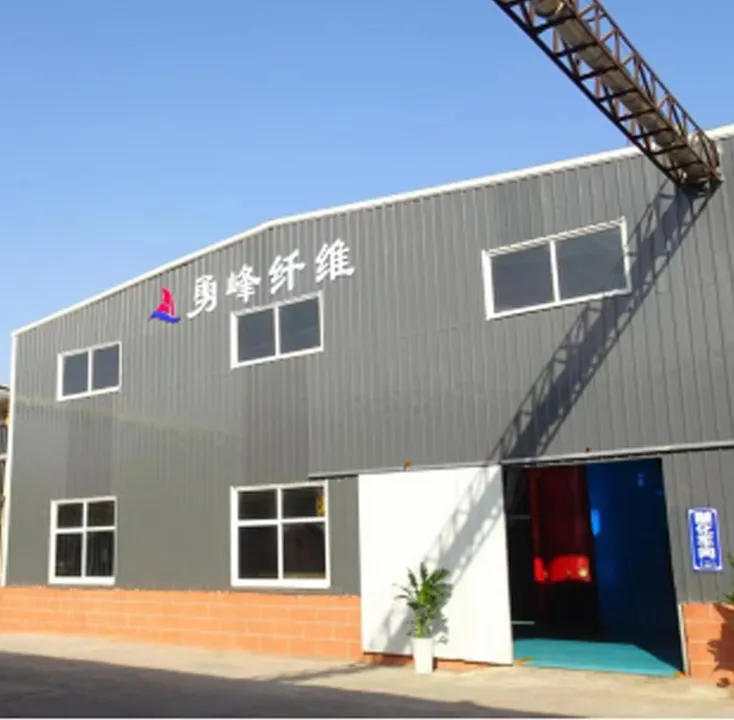Hydroxypropyl Methyl Cellulose (HPMC) An Overview
Hydroxypropyl Methyl Cellulose (HPMC) is a versatile, non-ionic cellulose ether that is widely utilized across various industries, primarily in pharmaceuticals, construction, food, and cosmetics. As a derivative of cellulose, HPMC is synthesized by the modification of cellulose, resulting in a compound that exhibits unique properties that make it suitable for numerous applications.
Composition and Properties
HPMC is characterized by its hydroxypropyl and methyl groups, which significantly enhance its solubility and versatility. The degree of substitution of these groups can impact the properties of HPMC, including its viscosity, solubility, and molecular weight. HPMC typically appears as a white to off-white powder and is odorless, tasteless, and non-toxic.
One of the most significant properties of HPMC is its ability to form gels and films, which is vital in various applications. Its viscosity can be modified according to the specific requirements of a formulation, making it a crucial ingredient in products that require controlled thickness or texture. Moreover, HPMC is soluble in cold water, forming a clear, viscous solution, which is advantageous in many manufacturing processes.
Applications in Pharmaceuticals
In the pharmaceutical industry, HPMC is widely used as a binder and film-forming agent in tablets and capsules. It helps in controlling the release of active ingredients, thereby optimizing the efficacy of medications. HPMC can also be found in topical formulations, where it acts as a thickener and stabilizer to enhance the texture and consistency. Its ability to form hydrogels also lends it applications in surgical and pharmaceutical drug delivery systems, providing a medium for sustained release.
Role in Food Industry
In the food industry, HPMC is used as a thickener, emulsifier, and stabilizer. It helps improve the texture of food products, providing a creamy mouthfeel in sauces, dressings, and desserts. HPMC is often utilized in gluten-free baking to enhance dough elasticity and moisture retention. Additionally, its low caloric content makes it an appealing ingredient in many low-fat and low-calorie products.
hydroxypropyl methyl cellulos hpmc

Use in Construction
HPMC plays a vital role in the construction industry as a component in tile adhesives, mortar, and stucco. It improves the workability and adhesion properties of these materials, facilitating easier application and prolonged open time. Moreover, HPMC enhances the water retention characteristics of mortars, ensuring better hydration of cement, which contributes to both mechanical strength and durability.
Application in Cosmetics
Cosmetics and personal care products also benefit from the inclusion of HPMC. It serves as a thickening agent and stabilizer in lotions, creams, and gels, helping to achieve a desirable consistency. Importantly, HPMC is compatible with numerous cosmetic ingredients, ensuring stability in formulations. Its non-irritant properties make it suitable for use in products intended for sensitive skin.
Environmental Considerations
In recent years, there has been a growing emphasis on sustainability within various industries. HPMC, being derived from natural cellulose, is biodegradable and poses fewer environmental concerns compared to synthetic polymers. This characteristic has spurred interest in its use across various applications, particularly in eco-friendly products and formulations.
Conclusion
Hydroxypropyl Methyl Cellulose (HPMC) is a multifaceted ingredient that serves essential functions across a wide array of industries, from pharmaceuticals to cosmetics, food, and construction. Its ability to enhance the quality and performance of products makes it an invaluable resource for manufacturers. As the demand for sustainable and efficient formulations continues to grow, HPMC is likely to remain a key component in innovation and development across numerous sectors, reaffirming its significance in modern applications. With ongoing research and advancements, the potential of HPMC in new industries is promising, ensuring its place in the future of material science and product development.
-
Rdp Powder: Key Considerations for Wholesalers in the Building Materials IndustryNewsJul.08,2025
-
Key Considerations for Wholesalers: Navigating the World of Hpmc - Based ProductsNewsJul.08,2025
-
Hpmc Detergent: Key Considerations for WholesalersNewsJul.08,2025
-
Key Considerations for Wholesalers: China Hpmc For Tile Adhesive, Coating Additives, Concrete Additives, and MoreNewsJul.08,2025
-
Crucial Considerations for Wholesalers: Navigating the World of Construction MaterialsNewsJul.08,2025
-
Key Considerations for Wholesalers Sourcing Additive For Cement, Additive For Concrete, Additive For Putty from Additive Manufacturer Shijiazhuang Gaocheng District Yongfeng Cellulose Co., Ltd.NewsJul.08,2025




